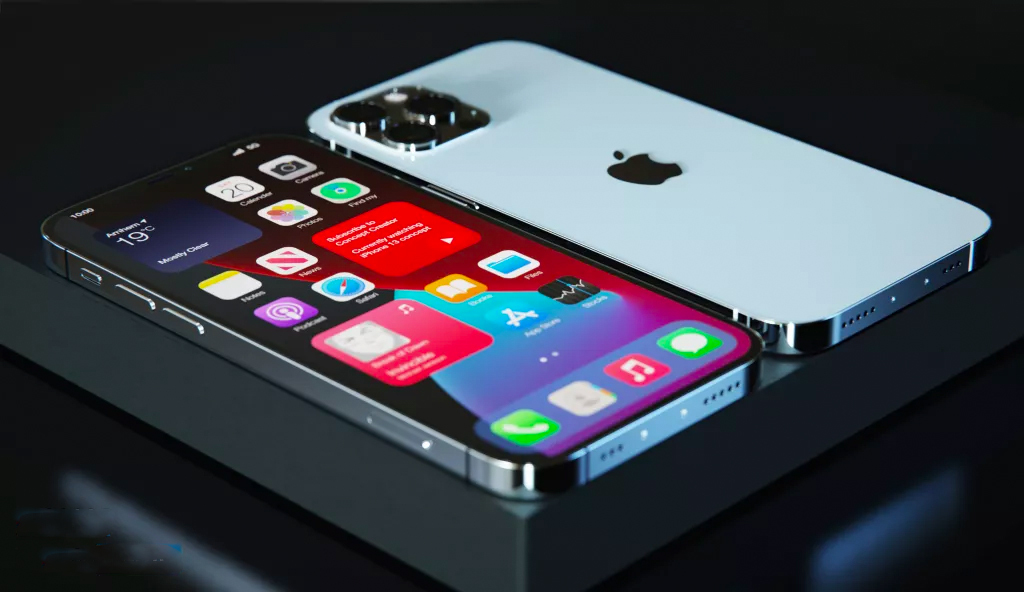iPhone 13 leak — big Face ID change just revealed
Smaller Face ID chip could mean smaller notch for the iPhone 13

One of the most persistent iPhone 13 rumors has been that the notch will be cut back for the first time since its introduction with the iPhone X back in 2017. Now, thanks to a report from DigiTimes, we have an idea of how Apple has been able to make the change, as well as a hint at its motivations for doing so.
The report says that Apple plans to reduce the die size of the VCSEL chips used in the Face ID scanner by 40 to 50%. The move could allow Apple to integrate new functionality to the chips, DigiTimes says, but the site didn’t offer any indication on what this might be.
- The best iPhone you can buy
- Top cryptocurrency right now by value
- Plus: iPhone 13 — I’ll ditch Android for this one big upgrade
This iPhone 13 design change should reduce the physical footprint of the notch, but anybody hoping for a virtually invisible notch will be disappointed if the leaks we’ve seen so far are anything to go by. Indeed, a recent 3D printed mockup of the iPhone 13 Pro showed a notch that was only marginally different to the notch on the previous generation, going from 5.3 x 34.83mm to 5.35 x 26.8mm.
At the time, we credited the reduction of the notch to the relocation of the earpiece, which has moved north to the bezel, but DigiTimes’ piece suggests this is only part of the puzzle. So there could be multiple factors at play here.
On aesthetic grounds alone, then, you might conclude that reducing the size of the notch probably isn’t a game changer for the iPhone 13. But the move will also lower costs for Apple, as the company can produce more chips on one wafer, reducing the number of wafers needed overall.
The reduced notch is only one improvement that Apple is reportedly set to make with the iPhone 13. Not only will the Pro models reportedly see the long awaited upgrade to 120Hz screens for smoother output, but it appears that Apple will be tackling the iPhone 12’s Achilles Heel: battery life.
According to schematics, the iPhone 13 and 13 Pro will be 0.17mm thicker than the iPhone 12. That, combined with clever new soft battery tech that allows more layers in the same space and a more efficient 5-nanometer X60 5G chipset, should mean you can feel more confident at leaving your charger at home when the new handsets launch in September.
Sign up to get the BEST of Tom's Guide direct to your inbox.
Get instant access to breaking news, the hottest reviews, great deals and helpful tips.
Add in faster 5G for the iPhone 13, camera improvements, under-display Touch ID and other enhancements, and there's plenty of reasons to be excited for the new iPhone.
Freelance contributor Alan has been writing about tech for over a decade, covering phones, drones and everything in between. Previously Deputy Editor of tech site Alphr, his words are found all over the web and in the occasional magazine too. When not weighing up the pros and cons of the latest smartwatch, you'll probably find him tackling his ever-growing games backlog. Or, more likely, playing Spelunky for the millionth time.

